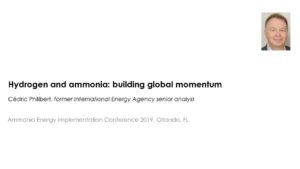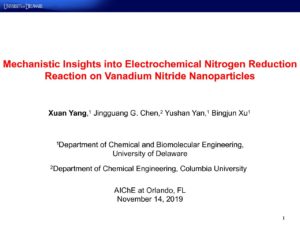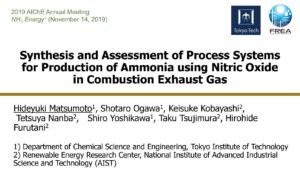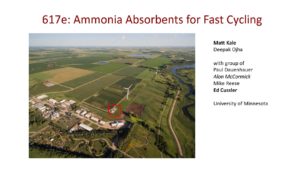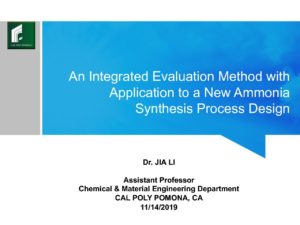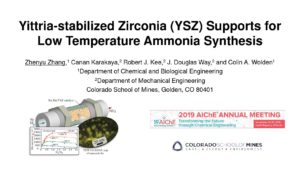Presentation
Keynote Speech: Hydrogen and Ammonia: Building Global Momentum
Philibert will speak of the current considerable momentum on hydrogen and the consideration it is given in many countries. Based on a variety of recent reports, including the major IEA Future of Hydrogen report, he will show the evolution of the global thinking on the role of hydrogen in the energy transition from a narrow focus on light-duty fuel-cell vehicles to a much broader spectrum including the chemical and steelmaking industry sub-sectors, long-haul transportation on land, sea and in the air, the power sector, and buildings. Hydrogen is also valued for its potential use as a carrier for clean renewable…
